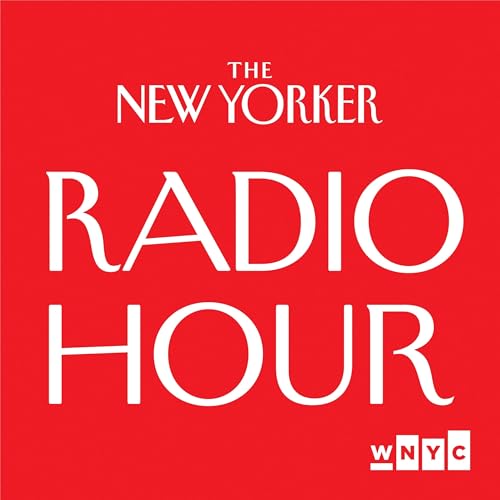
Andrew Ross Sorkin on What 1929 Teaches Us About 2025
No se pudo agregar al carrito
Add to Cart failed.
Error al Agregar a Lista de Deseos.
Error al eliminar de la lista de deseos.
Error al añadir a tu biblioteca
Error al seguir el podcast
Error al dejar de seguir el podcast
-
Narrado por:
-
De:
When President Donald Trump began his tariff rollout, the business world predicted that his unprecedented attempt to reshape the economy would lead to a major recession, if Trump went through with it all. But the markets stabilized and, in recent months, have continued to surge. That has some people worried about an even bigger threat: that overinvestment in artificial intelligence is creating a bubble. Andrew Ross Sorkin, one of today’s preëminent financial journalists, is well versed in what’s happening; his début book, “Too Big to Fail,” was an account of the 2008 financial crash, and this year he released “1929: Inside the Greatest Crash in Wall Street History—and How It Shattered a Nation.” He tells David Remnick that the concern lies in the massive borrowing to build the infrastructure for a future A.I. economy, without the sufficient revenue, currently, to pay off the loans. “If I learned anything from covering 1929, [and] covering 2008, it is leverage,” Sorkin says, “people borrowing to make all of this happen. And right now we are beginning to see a remarkable period of borrowing to make the economics of A.I. work.” Sorkin is the co-anchor of “Squawk Box” on CNBC, and he also founded the New York Times’ business section, DealBook.
New episodes of The New Yorker Radio Hour drop every Tuesday and Friday. Join host David Remnick as he discusses the latest in politics, news, and current events in conversation with political leaders, newsmakers, innovators, New Yorker staff writers, authors, actors, and musicians.


